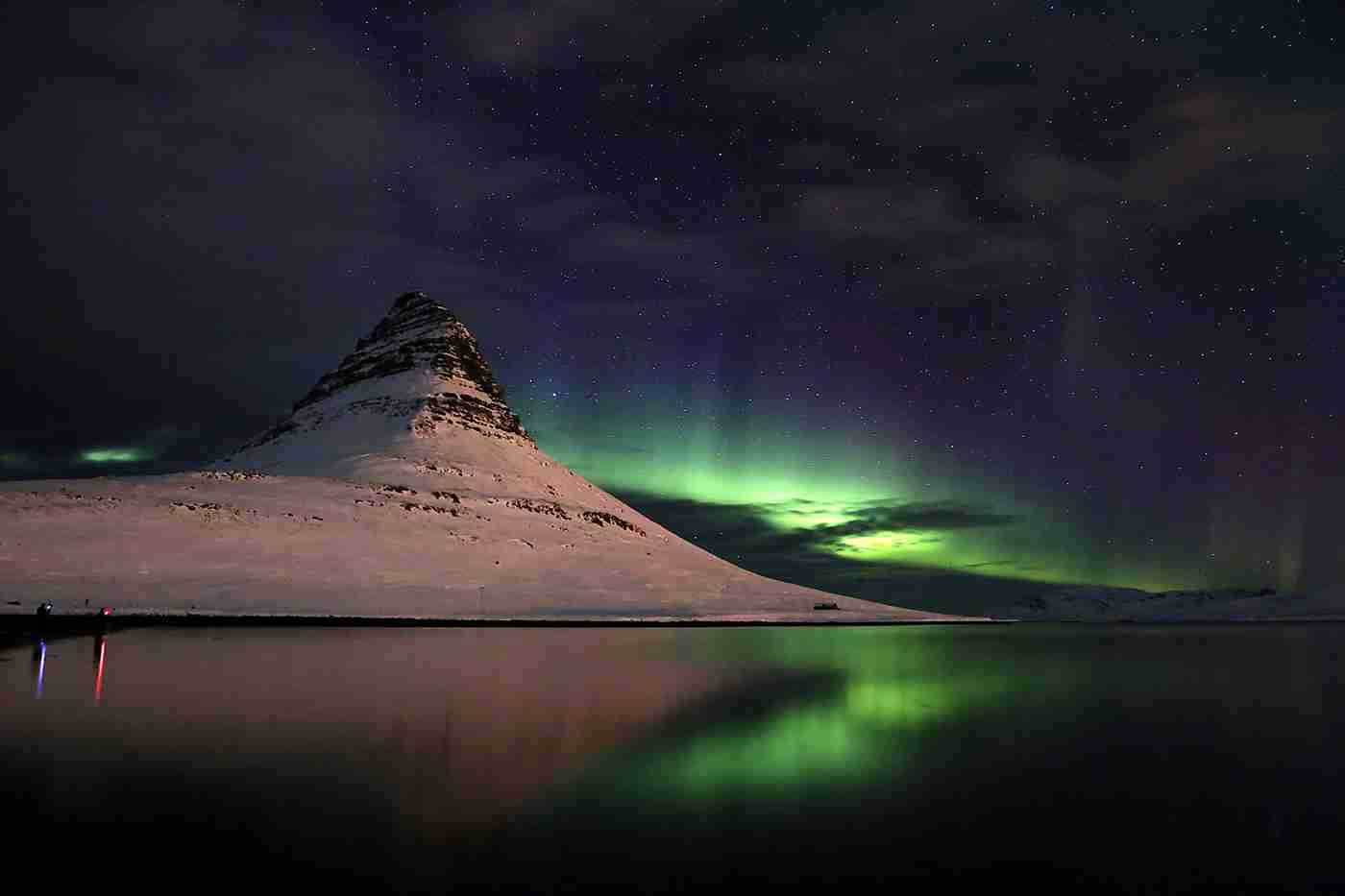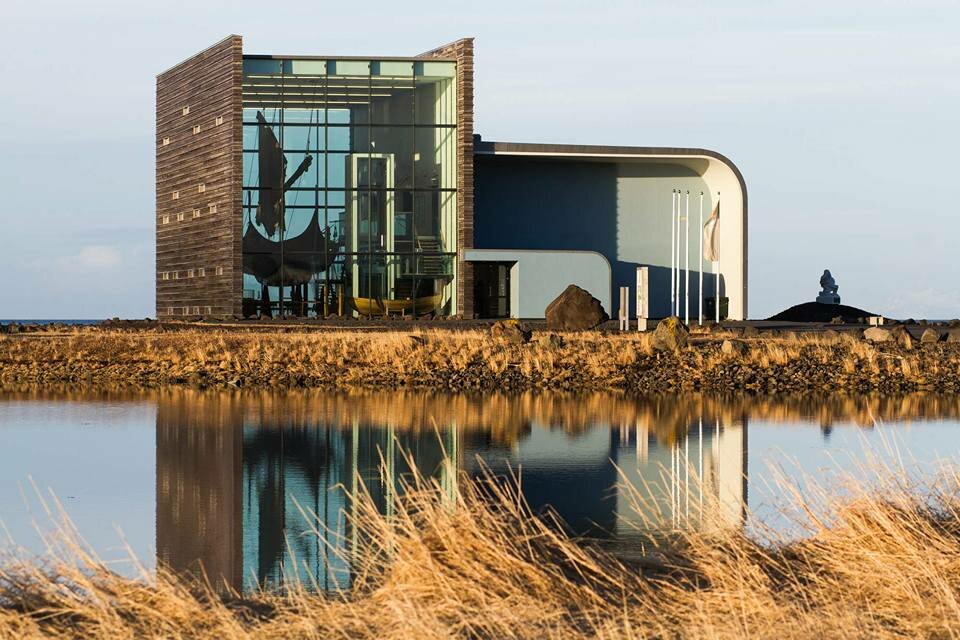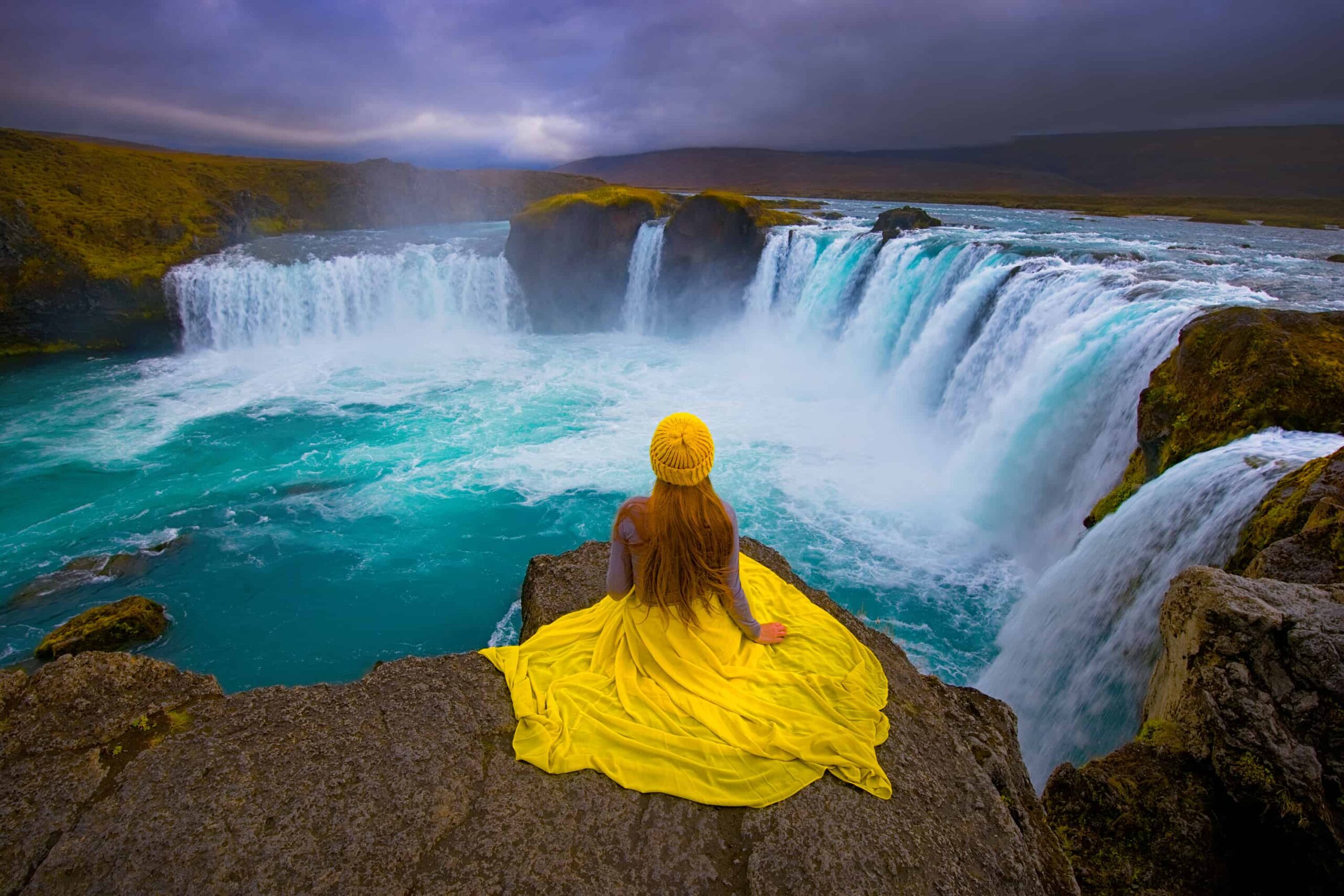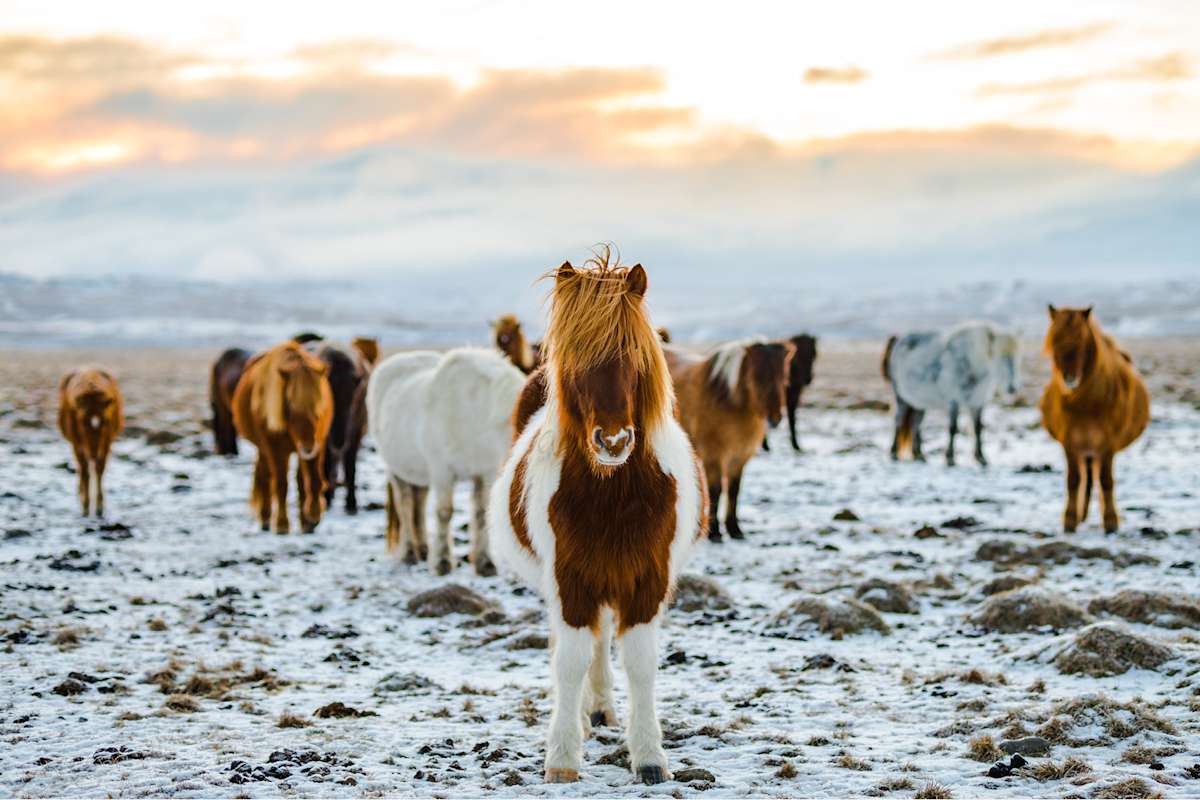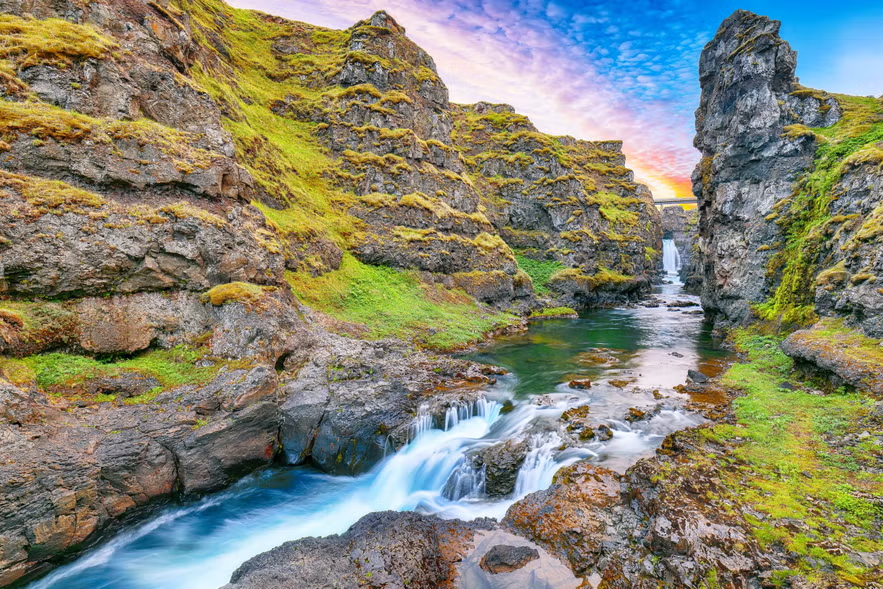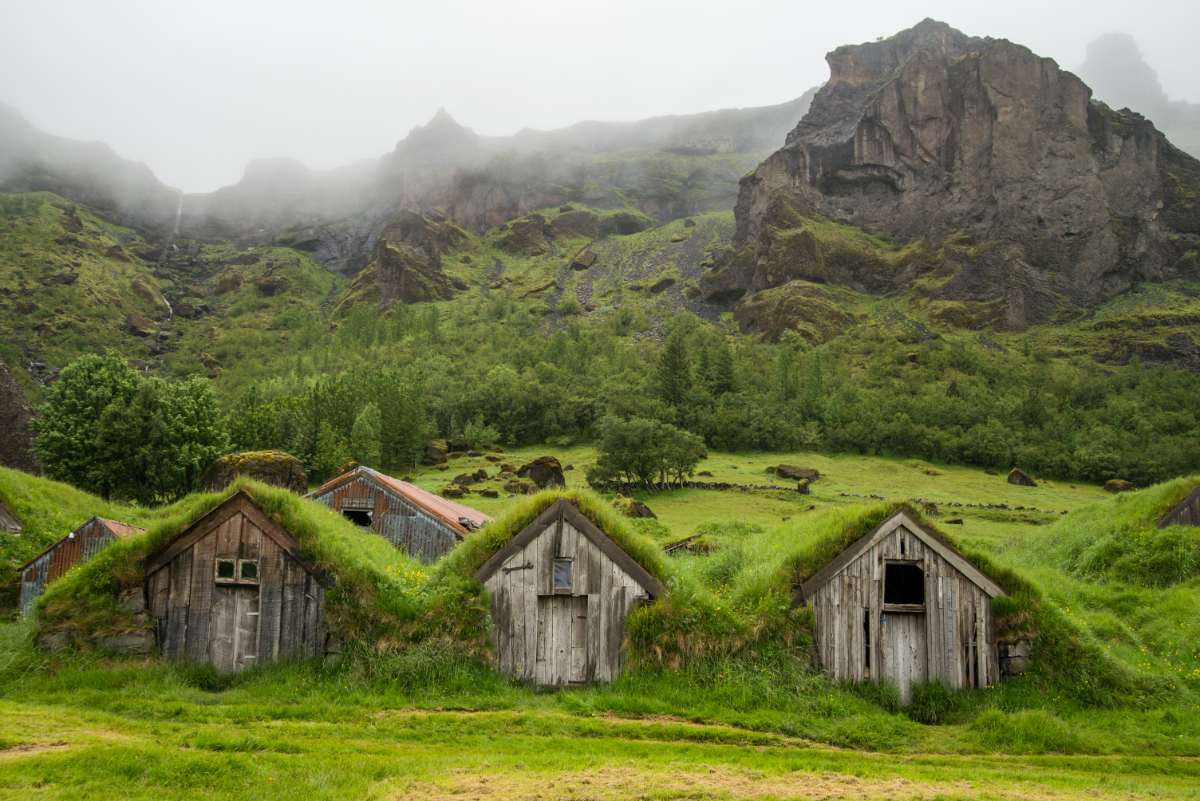Best Fall Foliage Locations in Iceland
Category
Categories
Travel Guide
Type
Glacier Lagoons, Bird Sights
Destination
Vatnajokull national Park
High season
Jun - Aug & Nov - Jan
Area
18 sq km
Outflow
Atlantic Ocean
Popular articles
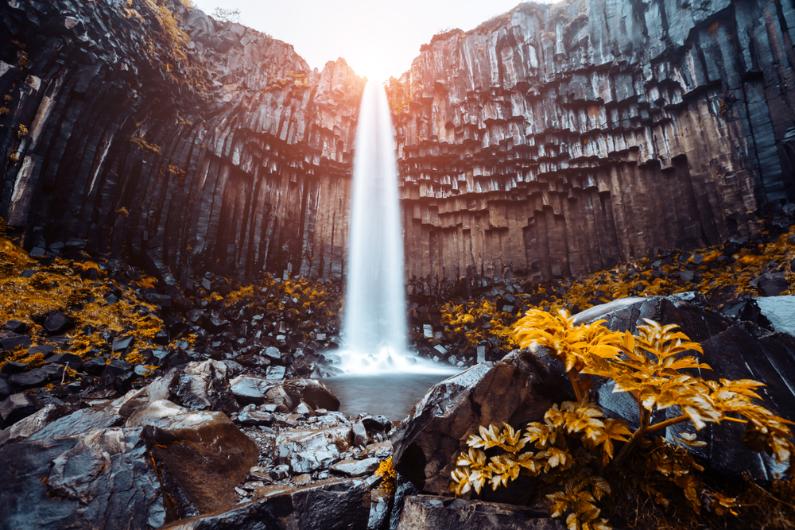
Introduction: A landscape shaped by the timeless interplay between fire and ice, Iceland is a captivating blend of sweeping glaciers, bubbling hot springs, and explosive volcanoes. When autumn descends upon this ethereal land, it sets ablaze a canvas of vibrant colors – a sight which can only be described as truly magical. Golden birches, crimson rowans, and entire fields shimmering like burnished gold – autumn in Iceland brings nature’s grand spectacle of colors to life.
This unique country, fondly known as the land of fire and ice, presents its visitors with countless opportunities to fall in love with its natural splendor. However, the beauty of Iceland’s fall foliage, tinted with radiant hues of red, orange, and yellow, stands out as an unforgettable experience. Allow us to guide you on a vibrant journey through some of the best fall foliage locations in Iceland.
1. Þingvellir National Park
The wide expanse of Þingvellir National Park offers an immersive experience into Iceland’s rich foliage. As Fall sweeps across the land, the birch forests and moss-carpeted lava fields burst into a riot of colors.
Historical Significance: Þingvellir, which translates to “Parliament Plains,” holds a special place in the heart of Icelanders as the birthplace of their democracy. Here, trails will lead you past ancient assembly sites where historic decisions were taken.
Travel Tips: Visit during early mornings or late evening, when soft light paints an extra vibrant hue on the foliage. Also, prepare to visit the stunning Þingvallavatn, Iceland’s largest natural lake, which enhances the beauty of the park, with its serene, mirrored waters.
2. Landmannalaugar
A hiker’s wonderland, Landmannalaugar, is famous for its geothermal hot springs and multicolored rhyolite mountains. During autumn, the landscape bursts into a mesmerizing interplay of colors, from the mossy greens to the fiery oranges and reds of foliage and mineral-rich mountains.
Historical Significance: Landmannalaugar has always been a much-visited area, known for its natural baths since the early times of settlement.
Travel Tips: Autumn sets in late August, giving you a window of excellent weather to tackle the hiking trails. Don’t forget your bathers to enjoy a relaxing dip into the natural geothermal pool after your hike.
3. Skaftafell Nature Reserve
Situated within the larger Vatnajökull National Park, Skaftafell Nature Reserve is a wilderness wonderland. Autumn reveals a colorful blanket spread over the rugged terrain, made all the more enchanting by the towering glaciers and unique ice formations.
Historical Significance: Once a manor farm and a national park on its own, Skaftafell holds important historical sites, including the turf farmhouse, Sel.
Travel Tips: Take the hiking trail to Svartifoss waterfall, also known as the “Black falls,” where you can witness the vibrant colors of the shrubs against the black basalt columns.
4. Reykjavik City
Within the Nordic city of Reykjavik, there are several spots to enjoy fall colors. Places like the Reykjavik Botanic Garden, Elliðaárdalur Valley, and city parks turn into a spectacle of colors.
Historical Significance: Reykjavik is the heart of the nation’s cultural, economic and governmental activity.
Travel Tips: Autumn is an ideal time to experience the local culture by visiting city exhibitions and restaurants or sampling local cuisine at a food festival called “Melting pot,” which happens in September in the Reykjavik city hall.
5. The Westfjords
Although lesser-known to the tourist crowds, The Westfjords region provides some of the most enchanting views of Iceland’s fall colors. The remote valleys and fjords offer a tranquil escape, adorned with vibrant foliage against the backdrop of snow-capped peaks.
Historical significance: The Westfjords is one of the oldest regions in Iceland with evidence indicating that the place was inhabited over 16 centuries ago.
Travel tips: Visit Rauðasandur, the red sand beach that becomes more vibrant in autumn. Also, witness sea eagles and abundant flora and fauna in Hornstrandir, a nature reserve accessible only by boat or on foot.
Cultural and Historical Significance:
The profound connection between Iceland’s natural beauty and its expressive folklore can hardly be overstated. For ages, the Icelandic people have recognized and respected the unique power of their surroundings. From the harsh, icy winters to the brief yet intense beauty of fall, every aspect of nature in Iceland comes alive in the country’s folklore, sagas, and modern literature.
The passing seasons, too, hold deep cultural significance. The arrival of autumn heralds the gathering in of livestock, a crucial period in the daily life of the farming community that has survived the centuries and remains integral to their calendar even today.
Furthermore, the fall foliage in Iceland is significant, not only in terms of aesthetic beauty but also as a part of the brief respite before the long, unforgiving winter sets in. This interplay of seasons, an integral part of Icelandic life, naturally finds an echo in the country’s rich tapestry of literature, art, and national identity.
Conclusion: To experience the vibrant hues of fall in Iceland is to witness nature painting a canvas of astounding beauty. From tranquil parks adorned with red and gold leaves to rugged landscapes seen through a warm, autumnal haze, Iceland in the fall is simply a sight to behold. Combine this with the rich cultural and historical significance that these locations hold, and your journey through Iceland becomes more than just a sightseeing tour; it becomes an immersive dive into a land where every season, every change has a story to tell. So why wait? Pack your warm clothes, lace your hiking boots, and set out to experience the heart-stirring beauty of autumn in Iceland.

